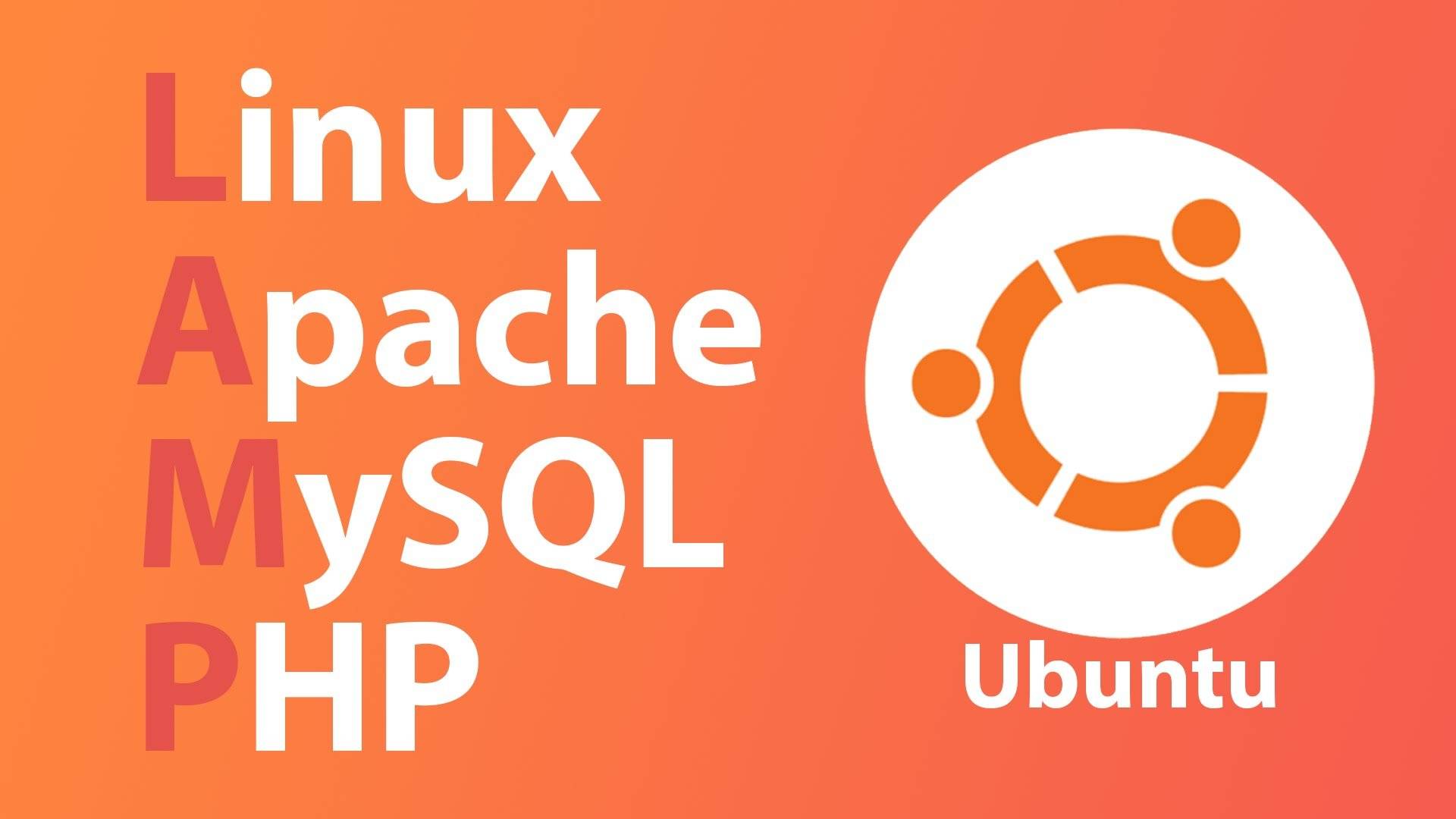Step By Step Guide To Installing Lamp Stack On Ubuntu.
Introduction
The LAMP stack, which stands for Linux, Apache, MySQL, and PHP, is a popular open-source web development environment. In this tutorial, we will walk you through the step-by-step process of installing LAMP on a Linux system. Let’s get started!
Step 1: Update System Packages
Before we begin, it’s always a good practice to update the system packages to ensure you have the latest versions. Open the terminal and run the following command:
1
2
sudo apt update
sudo apt upgrade
Step 2: Install Apache
Apache is the web server component of the LAMP stack. To install Apache, run the following command:
1
sudo apt install apache2
Once the installation is complete, Apache will start automatically. You can verify its status by entering your server’s IP address in a web browser. If Apache is installed correctly, you will see the default Apache landing page.
Step 3: Install MySQL
MySQL is a widely-used open-source relational database management system. To install MySQL, run the following command:
1
sudo apt install mysql-server
During the installation process, you will be prompted to set a root password for MySQL. Make sure to choose a strong password and remember it.
After the installation, run the following command to secure your MySQL installation:
1
sudo mysql_secure_installation
This script will guide you through securing various aspects of MySQL, including setting a new root password, removing anonymous users, and disabling remote root login.
Step 4: Install PHP
PHP is a server-side scripting language used to develop dynamic web applications. To install PHP, run the following command:
1
sudo apt install php libapache2-mod-php php-mysql
This command will install PHP, the Apache module for PHP, and the PHP extension for MySQL.
Step 5: Test PHP
To ensure PHP is installed and working correctly, create a test PHP file. Use the following command to create the file:
1
sudo nano /var/www/html/info.php
In the text editor, add the following line:
1
<?php phpinfo(); ?>
Save and close the file. Now, open a web browser and enter your server’s IP address followed by "/info.php". If PHP is installed properly, you will see the PHP information page.
Step 6: Configure Apache for PHP
By default, Apache does not recognize PHP files. We need to configure Apache to process PHP files correctly. Open the Apache configuration file using the following command:
1
sudo nano /etc/apache2/mods-enabled/dir.conf
Move the “index.php” file before “index.html” within the <IfModule mod_dir.c> section. Save and close the file.
Restart Apache to apply the changes:
1
sudo systemctl restart apache2
Step 7: Finalize Installation
At this point, you have successfully installed the LAMP stack on your Linux system. You can now start developing and deploying web applications using Apache, MySQL, and PHP.
Conclusion
In this tutorial, we walked through the step-by-step process of installing the LAMP stack on a Linux system. By following these instructions, you now have a fully functional web development environment that can be used for creating dynamic and powerful web applications. Enjoy coding with your new LAMP stack!
